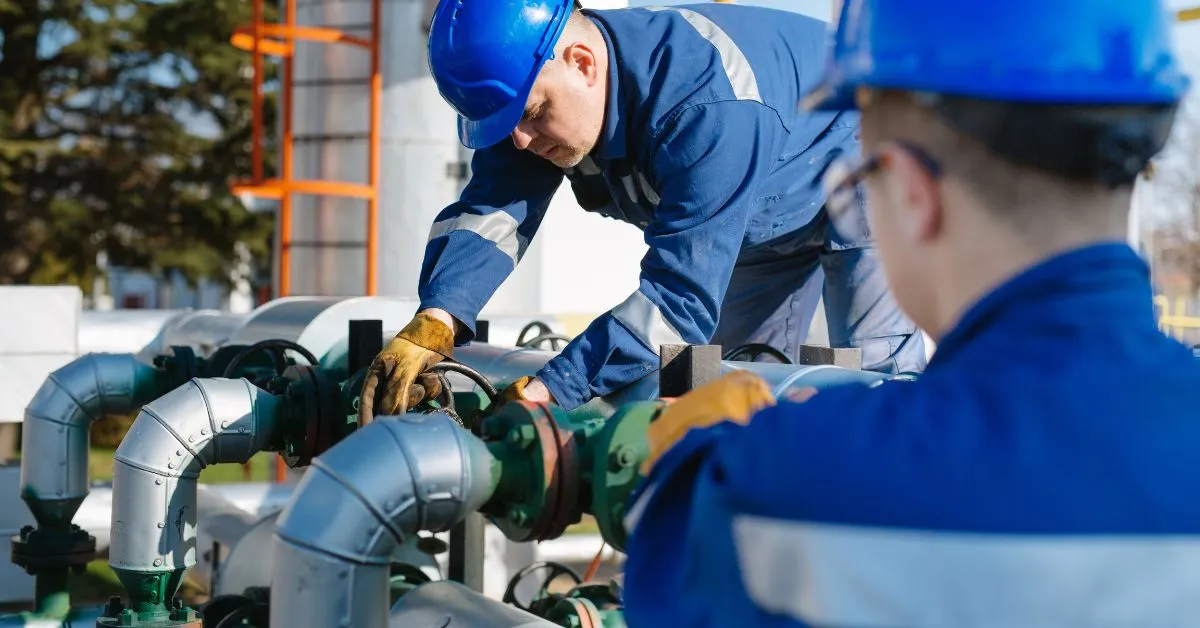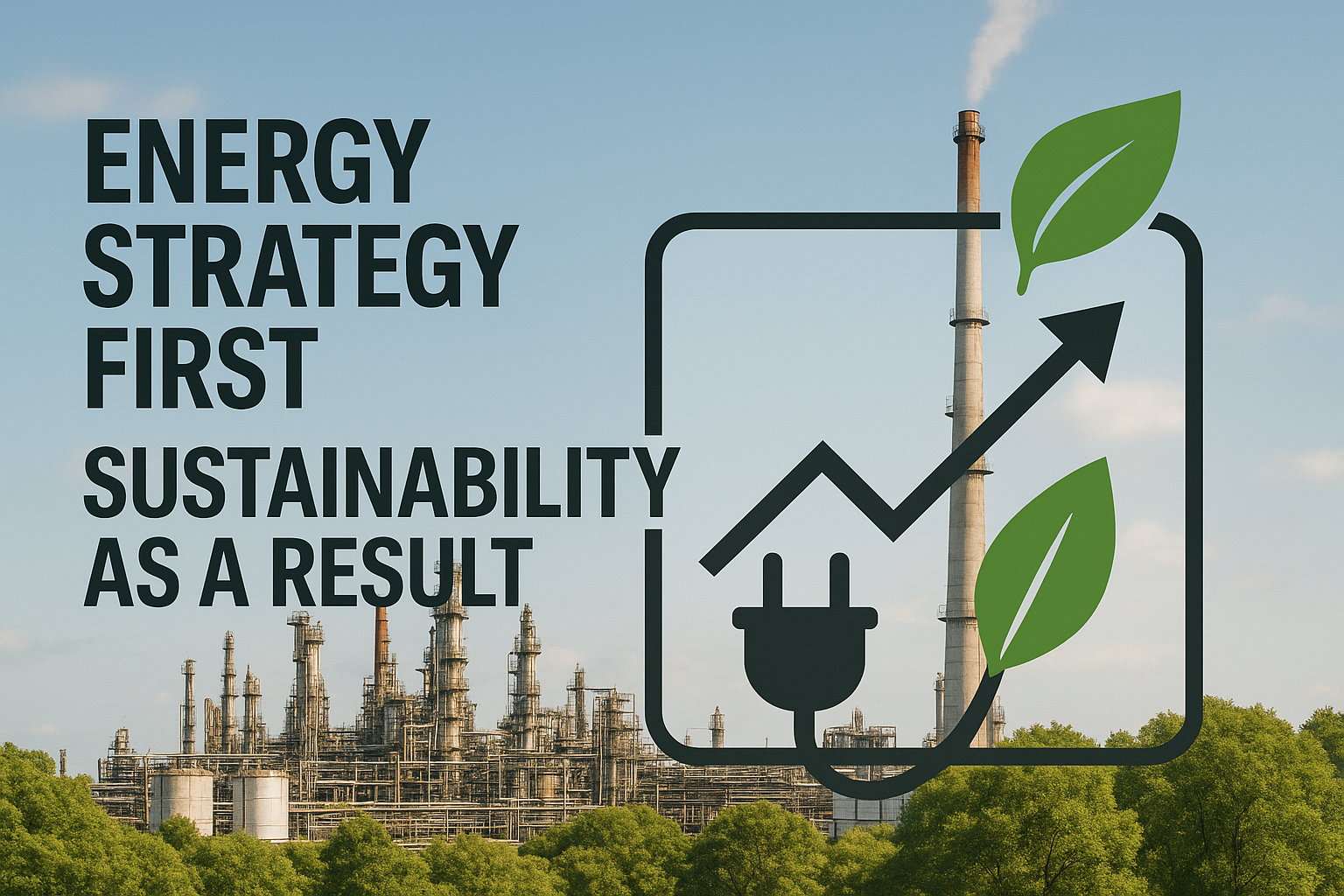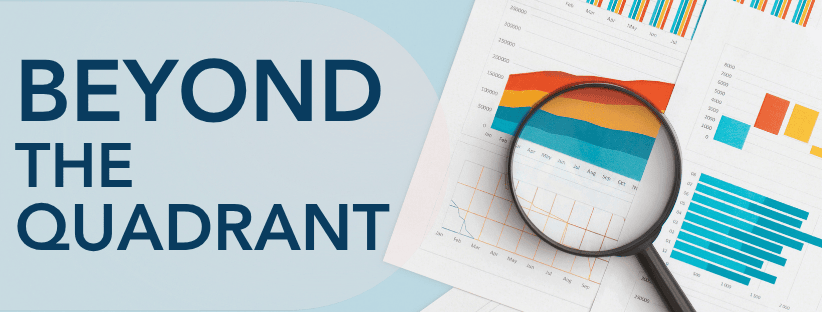You’re running a refinery where every cent of margin is contested. Feedstock discounts swing wildly, and energy costs keep climbing. Global refiners are fighting thin cracks as crude price volatility erodes heavy-crude advantages, with maintenance backlogs adding profitability drag across the industry. Fired heaters consume a majority of your site’s total energy budget, making them the largest variable cost driver in the plant.
Those structural pressures reveal how much value hides in daily inefficiencies. Multiply similar wins across crude selection, utilities, and blending, and industry case studies show roughly a quarter to half a dollar of additional margin per barrel. That’s enough to decide whether a unit runs, idles, or shuts.
Industrial AI offers the practical way to capture that prize, turning your plant into one that continuously self-optimizes. By learning directly from your historian, lab, and market data in real time, AI models move beyond static planning models and periodic tuning. The following breakthroughs can help you convert today’s constraints into sustainable profit improvements:
1. Mastering Crude-Slate Variability
Every crude shipment arrives with its own fingerprint of sulfur, metals, and boiling-point curves, and those subtle differences can throw your linear programming (LP) plan off within hours. When geopolitical shifts shuffle cargo flows—think sanctions or pipeline bottlenecks—feed quality swings even wider, leaving you to chase targets while margins erode.
The operational burden is real: every new blend forces fresh cut-point guesses, catalyst adjustments, and risk of non-prime product. The lack of end-to-end optimization leads to inefficiencies and missed opportunities for yield maximization, especially when discounts on heavy or sour crudes narrow unpredictably.
You end up either running conservatively—sacrificing profit—or overstepping constraints and paying for reblends, lost throughput, or shutdowns.
Industrial AI removes that trade-off. By training models on years of historian data, sample results, and spot-price curves, the software forecasts how a cargo’s properties will ripple through every downstream unit. It then continuously recalculates optimal cut points, feed ratios, and hydrogen usage as new lab data streams in, writing setpoints back to the distributed control system (DCS) in real time. According to BCG, early adopters have seen 14% savings on addressed manufacturing costs.
To move from concept to closed loop, focus on four practical steps:
- Gather and clean historian, sample, and LP data for at least one representative year
- Train and stress-test the model on historical crude changes and price scenarios
- Validate recommendations in advisory-only mode while operators compare to the current best practice
- Grant closed-loop control once the model proves it can hold constraints and grow profits reliably
Manual LP tweaks executed during monthly planning meetings simply can’t keep pace with crude variability. A closed-loop approach learns from every cargo, updates objectives in real time, and acts without hesitation, letting you process the widest range of discounted crudes while protecting reliability and profitability.
2. Slash Fired-Heater & Utilities Energy Use
Energy is usually the single largest variable cost you wrestle with, and fired heaters consume the biggest share. That concentration makes them the most powerful lever for shrinking fuel bills and direct CO₂ emissions.
Yet, traditional optimization still relies on manual tweaks or rule-based advanced process control that you revisit only during scheduled tune-ups. The consequence is familiar: operators run conservatively, combustion drifts, and you pay for wasted fuel.
Industrial AI changes the tempo. Reinforcement learning (RL) controllers study years of historical data, sample results, and live sensor feeds to understand how air-to-fuel ratio, coil-outlet temperature, draft, and feed composition interact.
Once validated, the model writes optimal setpoints back to the distributed control system (DCS) in real time, always within safety constraints. Because the controller keeps learning, it adapts automatically when crude quality shifts or burners age, something static models can’t match.
A pragmatic deployment path typically starts with a data-quality check of historian tags and stack-gas analyzers, followed by a proof-of-value pilot that runs in advisory-only mode. Once the model’s recommendations line up with operator judgment, you turn on closed-loop control and monitor key performance indicators weekly to ensure the savings stick.
Compared with manual or rule-based methods, AI operates continuously, evaluates dozens of interacting variables instead of a static subset, and responds to process disturbances in seconds rather than hours. The result is lower fuel intensity, steadier heater duty, and fewer excursions that threaten product quality or environmental compliance.
3. AI that Maximizes High-Value Product Yields
When you tune a fluid catalytic cracker, reformer, renewable diesel unit, or blending header, every fractional uptick in gasoline or jet fuel yield flows straight to the bottom line. The constraint is complexity: thousands of variables—feed composition, reactor severity, catalyst age, downstream blending economics—shift together in nonlinear ways that traditional linear programs (LP) and advanced process control rarely capture. That’s where modern industrial AI steps in.
Instead of relying on static correlations, you train sophisticated models on years of sample results, historian tags, and market data. Extremely Randomized Trees and other ensemble methods have shown promising results in predicting product yields in refinery settings, though published studies typically report coefficients of determination up to 0.76 rather than routinely above 0.9.
This gives you a far more faithful digital representation of plant-specific operations than any LP ever could. Neural networks, Gaussian process regression, and support vector machines fill in the remaining nonlinear gaps, validated on refinery datasets covering gasoline octane, diesel cetane, and sulfur slip. When these predictive engines feed a global optimization solver, you move beyond “best guess” unit targets to an economic optimum calculated minute by minute.
Transparency is critical when a model proposes moving reactor severity or blend recipes. Modern closed-loop AI optimization platforms expose variable importance plots, constraint dashboards, and scenario playbacks so you see exactly why a new setpoint will improve reformate octane or reduce quality giveaway. By embedding first-principles relationships—mass balance, energy conservation, unit-specific safety limits—the technology feels less like a black box and more like a seasoned process engineer who never stops learning.
Put AI to Work in Your Refinery for Greater Operational Efficiency
Experience shows that projects on energy-intensive assets can pay for themselves quickly. With Imubit’s fast-start, zero-risk commercial model, you are billed only after the improvement is proven and sustained through monthly value reviews.
Imubit sustains results through three integrated pillars that work together seamlessly. The Industrial AI Platform learns plant-specific operations and continuously adapts to changing conditions. The Value Sustainment service tracks realized dollars every month, ensuring your investment delivers consistent returns. Meanwhile, Workforce Transformation supports upskill operators and engineers, building internal capabilities that extend the technology’s impact across your organization.
Schedule an assessment to secure your future margin and emissions targets—before volatility erodes another dollar of profit.




